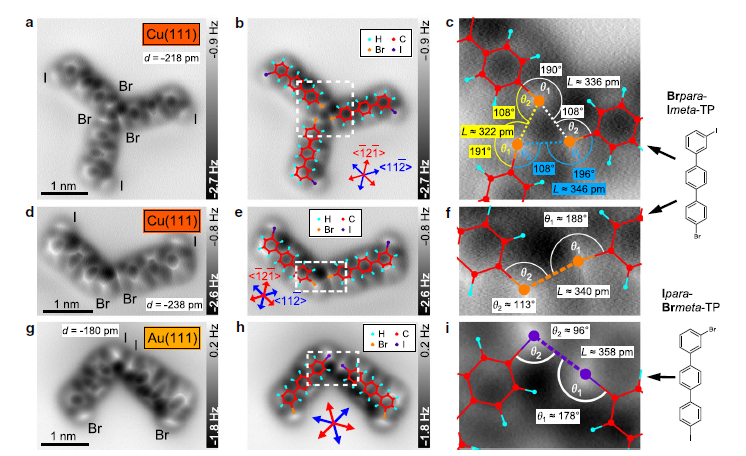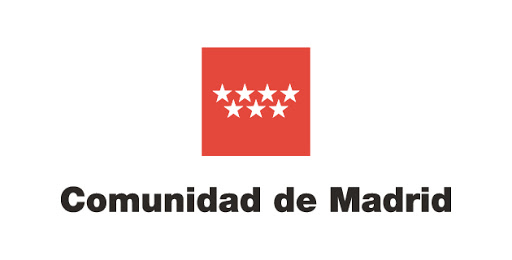
Quasar’s Jaime Carracero has participated in the work which has resulted in the publication of the Nature Communications paper with title: Surface-controlled reversal of the selectivity of halogen bonds.

The full paper can be found in the following link, https://lnkd.in/dM3RTwf
ABSTRACT: “Intermolecular halogen bonds are ideally suited for designing new molecular assemblies because of their strong directionality and the possibility of tuning the interactions by using different types of halogens or molecular moieties. Due to these unique properties of the halogen bonds, numerous areas of application have recently been identified and are still emerging. Here, we present an approach for controlling the 2D self-assembly process of organic molecules by adsorption to reactive vs. inert metal surfaces. Therewith, the order of halogen bond strengths that is known from gas phase or liquids can be reversed. Our approach relies on adjusting the molecular charge distribution, i.e., the σ-hole, by molecule-substrate interactions. The polarizability of the halogen and the reactiveness of the metal substrate are serving as control parameters. Our results establish the surface as a control knob for tuning molecular assemblies by reversing the selectivity of bonding sites, which is interesting for future applications”.

Bonding configurations of typical windmills and dimers on Cu(111) and Au(111).
(see paper for a detailed figure explanation)
This work has contributions from our Industrial Doctorate program from the Comunidad de Madrid in collaboration with the Condensed Matter Physics Center (IFIMAC), Universidad Autónoma de Madrid, Spain


